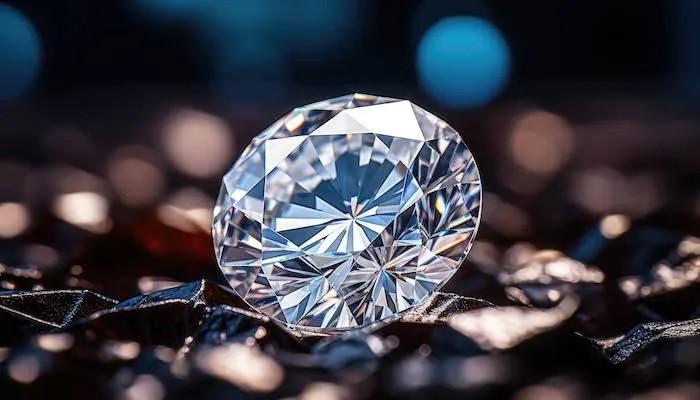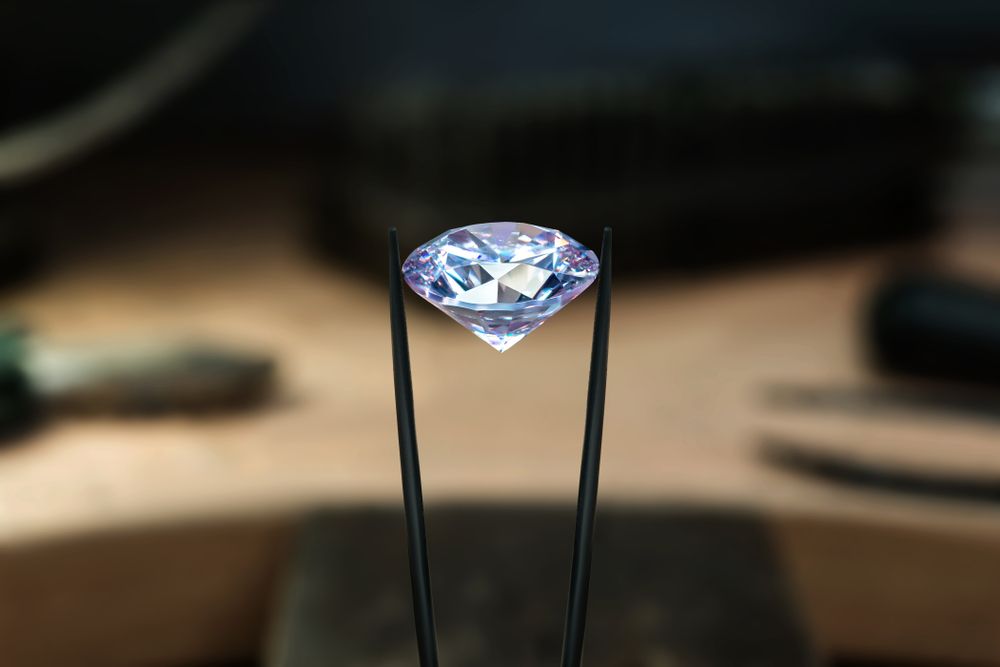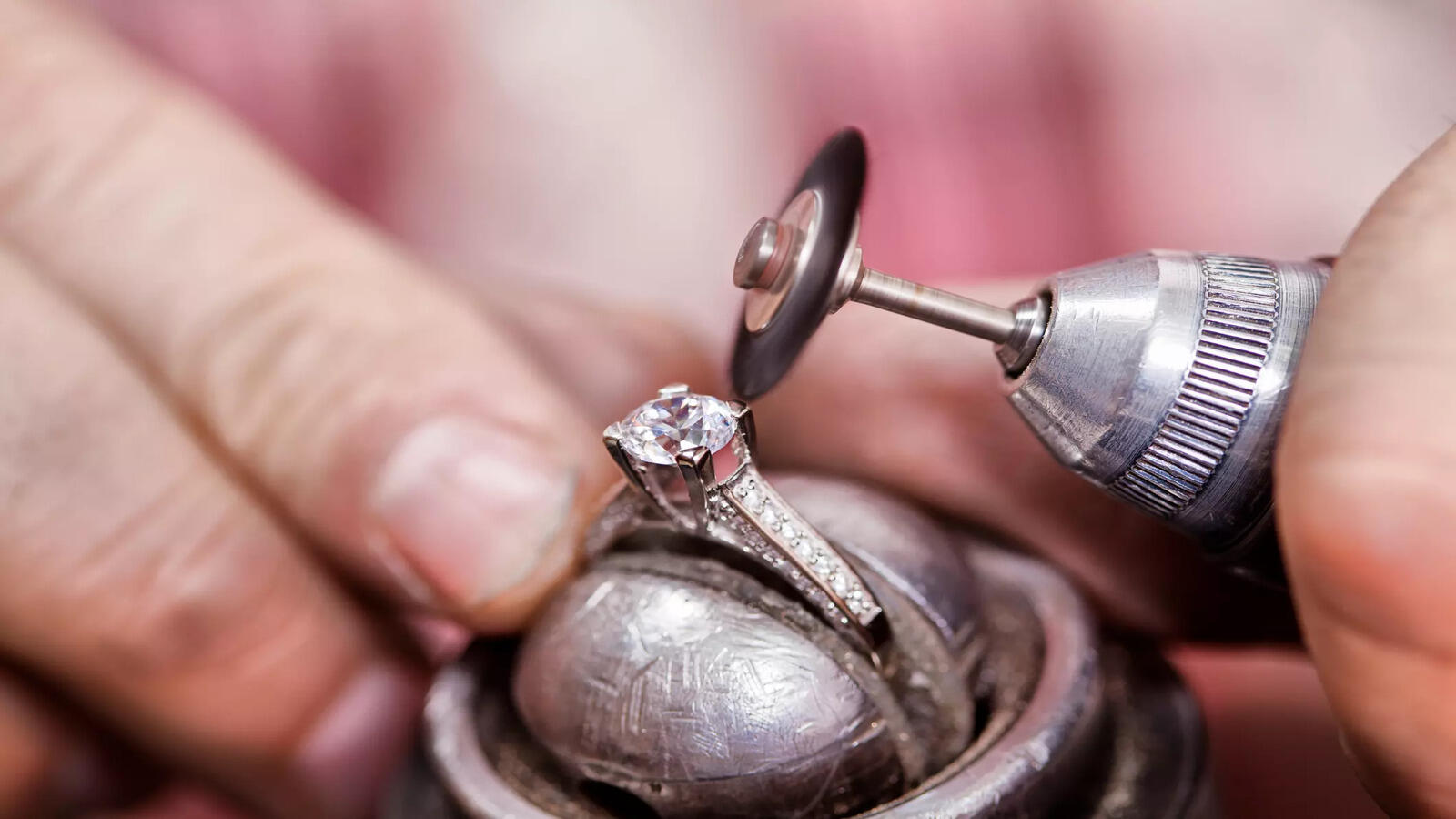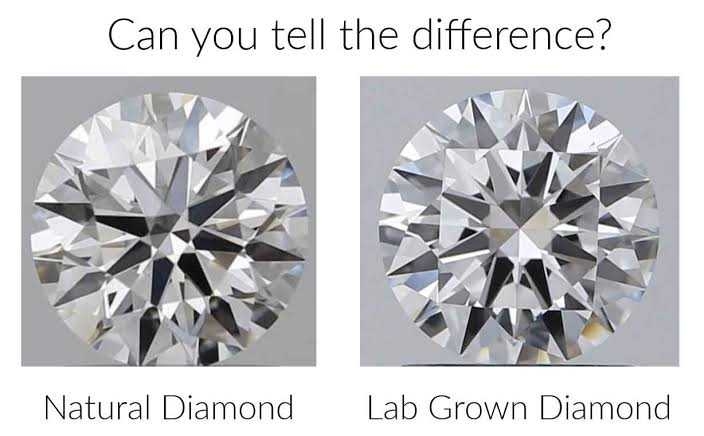Back
vishakha Jangir
•
Set2Score • 9m
𝗜𝗻𝗱𝗶𝗮'𝘀 𝗱𝗶𝗮𝗺𝗼𝗻𝗱 𝗺𝗮𝗿𝗸𝗲𝘁 :💍 India processes 90% of the world’s diamonds by volume and contributes over 75% of the global polished diamond exports. Surat is the world’s largest diamond cutting and polishing hub, handling over 80% of India’s diamond processing, with nearly 5,000 diamond units employing over 1 million workers. India imports 80-85% of its rough diamonds, primarily from Russia (30%), Africa (25%), and Canada (20%). The country’s diamond exports were valued at $22.5 billion in 2023, with major buyers being the USA (40%), UAE (25%), Hong Kong (15%), and Belgium (10%). Leading Indian diamond companies include Kiran Gems ($1.5 billion revenue), Rosy Blue ($1.3 billion), and Shree Ramkrishna Exports ($1.2 billion). GJEPC regulates trade, BIS ensures quality, and RBI oversees foreign trade policies, supporting a $40 billion gem and jewelry industry. The lab-grown diamond market in India is growing at 15-20% annually, driven by affordability and sustainability. The industry is adopting AI and blockchain, with over 60% of major Indian diamond firms integrating digital tracking systems. Online diamond jewelry sales are rising, with a 25% annual growth rate, as more consumers prefer ethical, conflict-free diamonds. India’s reliance on imported rough diamonds makes it vulnerable to price fluctuations and supply chain disruptions. Global diamond demand is expected to grow at 3-4% annually, but competition from China and Botswana is increasing. GST (3%) and import duties (7.5%) impact pricing and profitability, adding to operational costs. Growth is expected in lab-grown diamonds ($1 billion market by 2030), e-commerce (15% market share by 2025), and sustainable sourcing. Government incentives, including tax benefits and export support, aim to boost the industry’s global position. Follow vishakha Jangir for more such business insights.

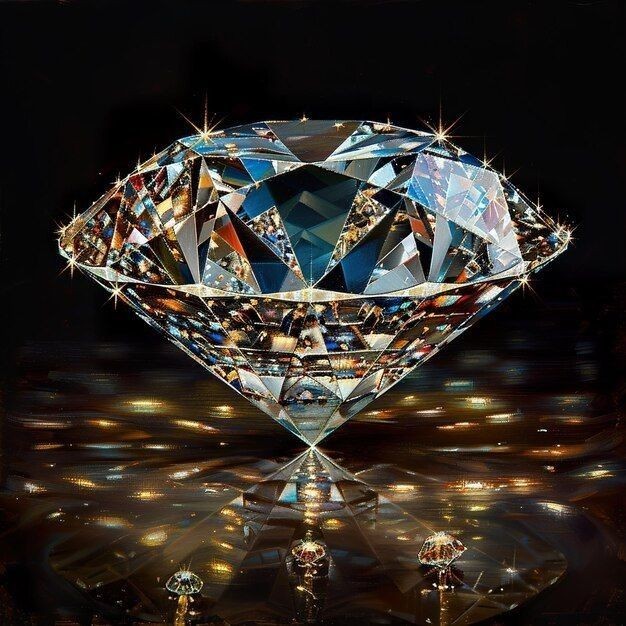
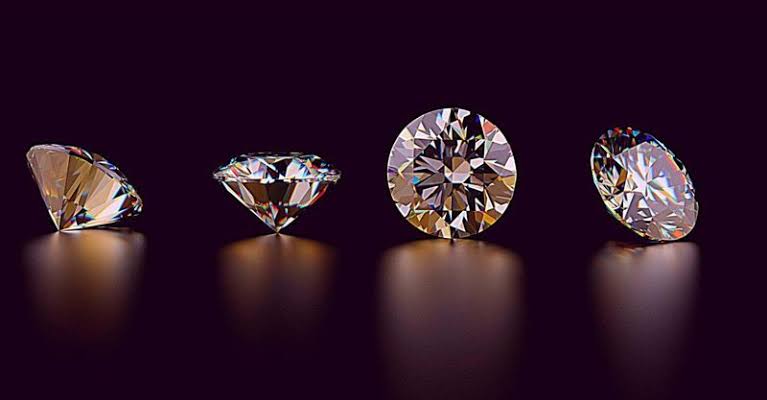
Replies (5)
More like this
Recommendations from Medial
Emily Kristina
Avid Blogger and Con... • 4m
The world of fine jewelry is changing — from lab-grown diamonds to sustainable sourcing, more people are choosing pieces that reflect both style and values. Brands like Diamond Trov are part of this shift, offering modern takes on classic jewelry wh
See MoreDownload the medial app to read full posts, comements and news.





